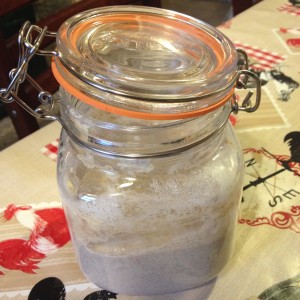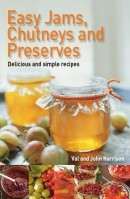 Recently I’ve had a few emails and messages on the Facebook page asking about sourdough baking, and a common concern seems to be knowing when your starter is ready to bake with.
Recently I’ve had a few emails and messages on the Facebook page asking about sourdough baking, and a common concern seems to be knowing when your starter is ready to bake with.
Having already covered how to make a Sourdough Starter I thought an article telling you a little more about readiness to bake would help those just starting out with wild fermentation.
Although by day 5 following my starter recipe you should be ready to bake, this can be affected by factors such as warmth, the flour used, and whether a heritage starter was added (a blob of sourdough from a mature starter).
Sourdough Starter Bubbling
When the starter is ready to use it will become very bubbly and double in volume when fed within 8-12 hours. The bubbling of a mature starter will be very noticeable both looking into the jar from the side and from above.
The smell of the starter can vary, only if it smells “off” (and you will know!) should it be discarded. As the starter matures further the smell will keep changing and you will learn just how much flour it needs when feeding and how it smells before and after a feed. I’ve had the smell of my starter range from banana-like to very boozy when I’d left it took long between feeds.
Sourdough Water Test
A way to test if your starter is ready is the water test. After refreshing your starter with 50/50 flour and water and letting it activate, put a spoon full of your room temperature starter in a glass of room temperature water. If the starter floats it is ready to use. That simple!
If the starter sinks it either isn’t mature enough OR you have left it too long since refreshing to test. Refresh again, and when nice and bubbly test it again. You need a good active starter to get a good rise in the dough. Left too long, not fed enough, or even just too cool, and you will find flat unhappy loaves.
If a Bake Goes Wrong
Sometimes you think everything is ready and yet still get what you think is a complete fail when baking sourdough. The loaf come out flat as a pancake and you want to throw in the towel. Please don’t! Even experienced bakers get these occasional flops, and just because it is flat doesn’t mean it isn’t tasty.
Some ideas to use up flat or stale sourdough loaves include:
- cutting into strips and serving alongside a salad to dunk in olive oil and balsamic vinegar;
- drying out the bread and making breadcrumbs;
- slicing thinly and making a delicious bread and butter pudding.


